Is welding an activity that only professionals can practise or can it be attempted by a complete newbie too? Anyone who is a fan of DIYs would be eager to learn this handy skill but selecting the right tools for it is probably the most important part. Let’s see the different types of equipment and how to choose them for your needs.
1.Welding machine:
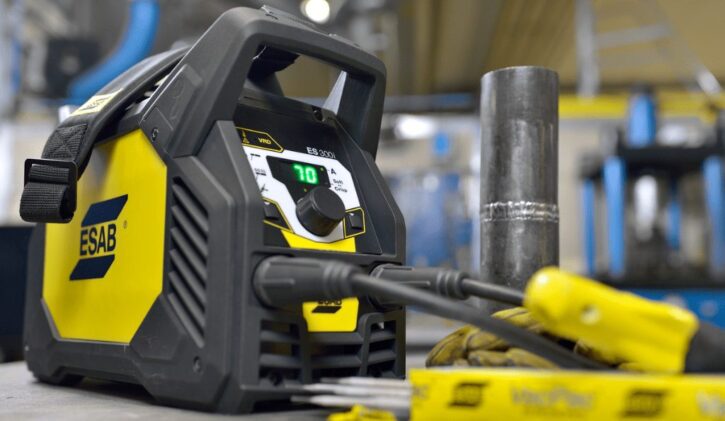
There are basically three types of machines with different applications for each one. MIG, TIG, and stick machine.
MIG:
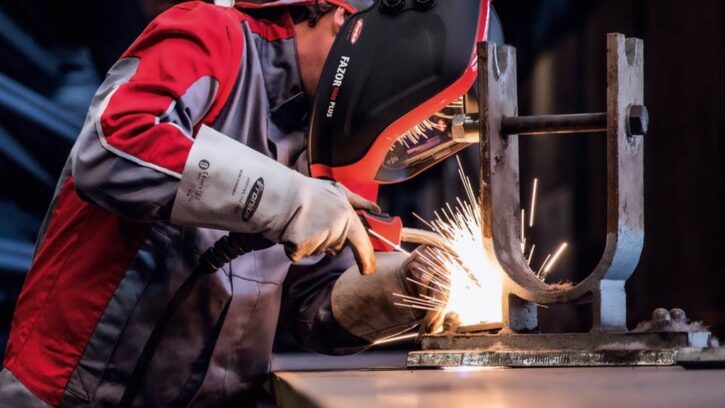
MIG stands for metal inert gas and as its name suggests, there is a spool of metal wire that’s fed to the electrode which melts and welds two metals together. The spool of wire is fed at a preselected speed.
The technical name for this is GMAW or gas metal arc welding. There are many models available for this type in the market but a name that most professionals and hobbyists are happy with is the Weldmatic 200i MIG Welder. You can find more details on welding.com.au.
Another type that is very similar to MIG is flux-cored arc welding or FCAW. They are almost the same as a MIG but they do not need a shielding gas. The flux-cored wire doubles up as a protective layer. FCAW provides an additional advantage of being fast and efficient even in windy and dirty environments. It is also known for its high speed.
Who is this for?
It is not just important to know the type of machines that are available, but one needs to recognize if they are a beginner, intermediate or expert welder. Each type of welding machine is designed to suit a person’s needs and requirements.
As a beginner, one would be most comfortable with a MIG. These are much simpler to use than the other types, easy to learn, and relatively cleaner to handle. It also provides the advantage of providing a large working range.
One could use this for a small backyard project or a large-scale project like a motorcycle rebuild. MIG is specifically used by those who are looking to repair automotive, garden equipment, art projects, and other general repair work.
Stick welding:
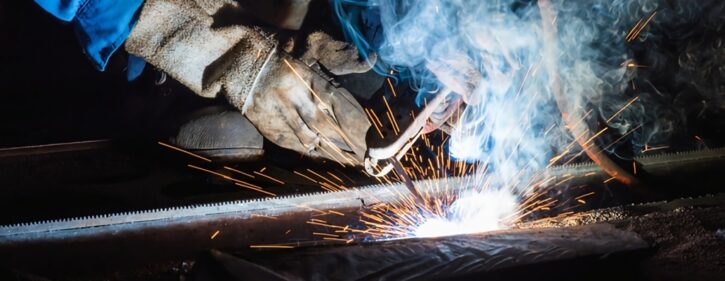
Stick welding or shielded metal arc welding works on the mechanism where the metal electrode carries the electric current to the metal. As it burns to emit inert gases, a protective layer is formed while the metal electrode itself melts to strengthen the weld.
Who is this for?
This machine is specifically built for an intermediate welder. These are not too difficult to use if one has previous knowledge and experience in welding. These have the added advantage of being extremely handy and provide a wide working range.
It is most preferred by home welders. One need not worry about dirty or rusty metals as much either. But these welders cannot be used on metals that are thinner than 18 gauge. Stick welding is specifically used by construction workers, farm equipment repair, and jewelry making.
TIG:
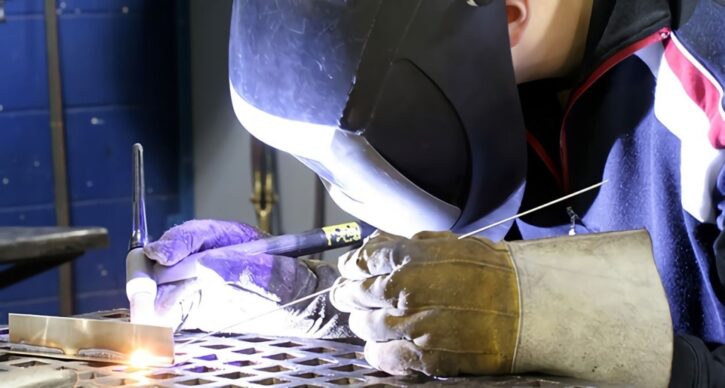
TIG stands for tungsten inert gas machine. Here, the non-consumable tungsten wire is used to weld and fuse metals. The metal is protected from oxidation contamination by mixing with inert gases like argon. This type is also called GTAW or gas tungsten arc metal.
Who is this for?
Unlike the other two welders, this type is more refined and requires more skill and technique to master. These are recommended for advanced welders who would like to refine their skills for more superior welds.
TIG also allows thinner metals to be welded with much better precision but it is a slow process. A foot control unit is also provided to control the temperature. This welding machine can also be used on the widest range of materials.
TIG is specifically used for building ships and automotive, and even aircraft welding.
2.Welding helmets:
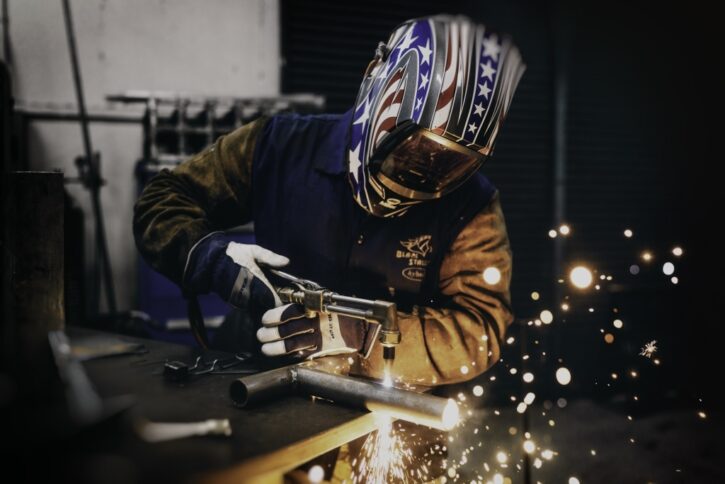
While one might think that selecting the welding machine is the most important part, it is not the only part of getting started. Safety devices like helmets are a welder’s best friend and there are many aspects to choose from in this as well.
The helmet weight plays an important role for those planning to work for long durations. A heavier helmet might be cheaper but would add additional stress to the neck and shoulders when working for long durations.
Another aspect is deciding between a passive lens and an auto-darkening lens. A passive one requires some practice in locking and placing at the proper position whereas an auto-darkening one can be used without all that hassle. However, it is important to keep in mind that, with the added comfort comes the additional cost.
3.Protective gloves and apron:
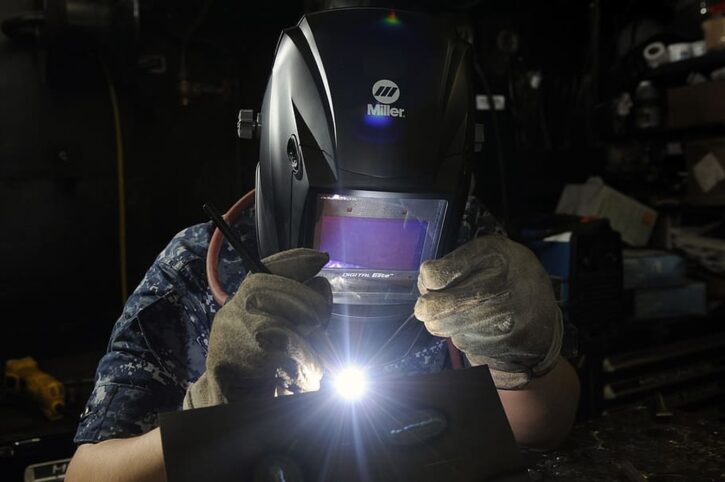
Gloves are an absolute necessity for a welder for obvious reasons. These are not regular gloves and are manufactured to protect the user from cuts, high temperatures, and metal. Most of the gloves worth using are ANSI standard ones so it is preferred. While using a TIG, one may prefer to use thinner gloves for better precision.
Not all clothes are suited for welding. The most preferred is 100% cotton. Polyester or any other flammable material is to be avoided at all costs. One can also choose to wear a welding apron for better protection.
4.Welding glasses:
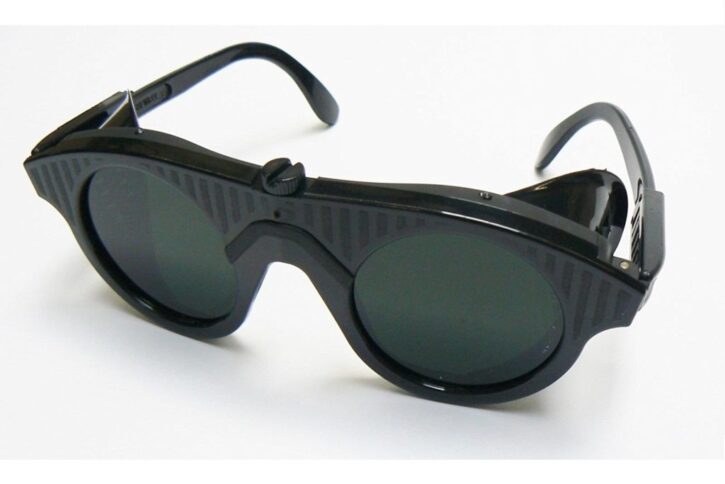
These specific glasses are recommended even if you are wearing a helmet for added protection. This offers additional protection from UV rays, sparks, and flying metal.
5.Welding pliers:
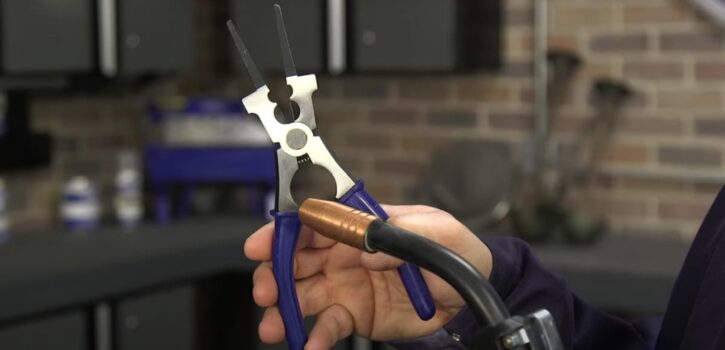
The most convenient tool to cut welding wire and remove any spatter from the nozzle of the welding gun is the pliers. There are many different kinds with different grips and cutters and a few specific ones for MIG and TIG as well. Select one which has a comfortable grip and relatively sharp cutters for the most comfortable use.
Other accessories:
There are a few other accessories that would help one in making much smoother and cleaner welding projects. An angle grinder can be used to cut, grind and polish rough metal surfaces. A wire brush is very useful in removing paint, rust, and smoothening abrasive surfaces.
Another tool that might be handy is the chipping hammer. These are selective and depend on the user. The awl is another important tool that helps in marking and scribing cut lines on the metal
Conclusion:
Now that we have seen the different types of welding machines, their uses, and all the other gadgets and tools needed, you can get started with welding. Make sure you’ve got all your safety equipment and you are ready to begin!